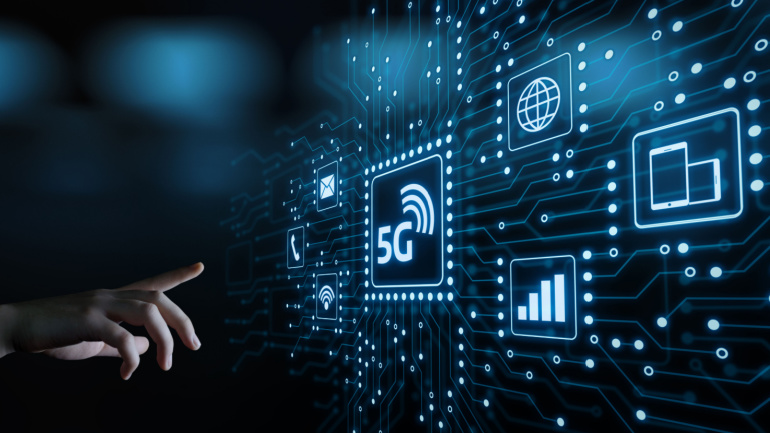A surge in data roaming is poised to take center stage, driven by the escalating adoption of 5G services among consumers, according to research conducted by Kaleido. The study foresees a substantial 36% annual increase in both consumer and IoT roaming data usage, projecting a remarkable climb to nearly 5,000 Petabytes by the year 2024.
In a groundbreaking trial, SK Telecom (SKT) and Thales have successfully tested the encryption and decryption of identity data on a 5G network, aiming to safeguard user privacy from potential quantum threats. The experimentation utilized Thales’ cutting-edge 5G Post Quantum Cryptography (PQC) SIM cards within a trial 5G standalone network environment provided by SKT.
In a strategic collaboration, Boldyn Networks, a leading neutral host provider, has joined forces with Rome’s municipal government, Roma Capitale, to launch #Roma5G, a groundbreaking initiative aimed at revolutionizing the city’s digital infrastructure. The 25-year concession encompasses the development and management of a comprehensive 5G and Wi-Fi network throughout Rome, catering to both residents and the anticipated influx of visitors during major events.
In a groundbreaking move, Parallel Wireless, Inc., a U.S. based Open RAN innovator, has officially launched the general availability of its pioneering 5G Standalone (SA) software stack. The innovative solution, a first of its kind globally, is designed to be hardware-agnostic, allowing operators, private networks, and public safety networks to seamlessly deploy their RAN infrastructure across diverse processor hardware platforms.
Imagine a search and rescue mission in remote rural areas, being empowered by the wings of a drone, beaming down 5G connectivity. This very scene is unfolding in Warwickshire, UK, thanks to Virgin Media O2’s innovative approach. The drone, armed with a petite mobile base station, creates a nimble communication network, offering vital real-time data to rescuers.
In collaboration with Ericsson and Qualcomm, T-Mobile, renowned as the ‘uncarrier,’ has undertaken a groundbreaking 5G standalone (SA) test, showcasing the potential of its millimeter-wave (mmWave) spectrum. The test utilized an impressive eight channels, achieving a peak download speed of 4.3 Gbps, with uplink channels combining to reach 420 Mbps.
The race for 5G supremacy is intense, and LexisNexis IPlytics explores the landscape in their 2023 report. CEO Tim Pohlmann notes a significant surge in 5G patents, with the top 10 players owning 76% of declared patent families. The US leads in patent volume, followed by China and Europe. Huawei dominates the top 50 ranking. Pohlmann emphasizes the role of Chinese companies, particularly Huawei, in shaping the 5G sector, extending their influence to the automotive industry
In a significant move towards advancing 5G network capabilities, Telenor and Ericsson have officially entered a three-year Memorandum of Understanding (MoU). The collaboration aims to pioneer research, development, and testing of Artificial Intelligence (AI) and Machine Learning (ML) solutions, with a primary focus on enhancing energy performance without compromising network quality.
T-Mobile’s steadfast dedication to Texas has led to unmatched 5G network coverage, cementing the Lone Star State’s connectivity footprint. Continual site enhancements and a robust expansion program showcase this commitment, with significant contributions to local communities through initiatives like ‘Homegrown Grants’ and the ambitious Project 10Million.
Mitratel is significantly expanding its telecom mast portfolio with the purchase of 803 towers from Gametraco Tunggal, marking a strategic move beyond Java Island. This $113 million acquisition not only increases Mitratel’s infrastructure landscape but also welcomes 1,327 new tenants. The company’s ongoing investment in fiber optic networks aims to enhance tower operations, and crucially support the anticipated deployment of 5G networks in Indonesia.













